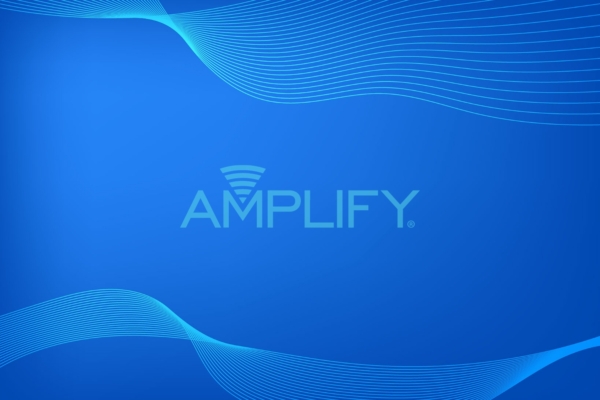
Graduate From Debt: Student Loan Forgiveness Programs in Texas
According to a study conducted by Southern Methodist University, today’s average Texas college student takes out $25,794 in student loans over the course of their 4-year education. Though this amount may be smaller than others – Connecticut, for example, averages $38,510 in loans per student – it’s still a heavy burden considering that the average starting salary in Texas is only $34,132.
They are hard to find and even harder to qualify for, but there are loan assistance programs across the state that may be able to lessen the load. If you live in Texas and worry you may never escape the weight of student loan debt, these Texas student loan forgiveness programs might offer you some relief.
Student Loan Forgiveness in Texas
Student loan forgiveness programs are generally administered through the Texas Higher Education Coordinating Board and are based on profession.
Programs for Teachers and Professors
Qualification for student loan forgiveness program for teachers and higher education professionals typically depend on what or where they teach.
- Teach for Texas Loan Repayment Assistance. If you’re certified in shortage teaching fields such as ESL, career and technical education, mathematics, or special education, you may be awarded up to $2,500 to repay eligible loans.
- Border County Doctoral Faculty Education Loan Program: This program is designed to attract individuals holding a doctoral degree to teach at colleges located along the Texas-Mexico border.
- Math and Science Scholars Loan Repayment Program. This program is available to eligible teachers who hold a degree in math or science and currently have a contract to teach full-time at a Title I school.
- Nursing Faculty Loan Repayment Assistance Program. If you teach in an approved nursing program, are licensed by the state, and hold a master’s or doctoral degree nursing, you could be eligible for up to $7,000.
Programs for Medical and Mental Health Professionals
The cost of becoming a medical or mental health professional is not cheap. Luckily, there are some effective repayment programs out there that can help offset the cost of medical school.
- Physician Education Loan Repayment Program. If you practice medicine in a Health Professional Shortage Area (HPSA) or meet requirements for providing services to particular groups, you may be eligible to receive up to $160,000 over four years to repay medical school debt. During your service period, you must become certified in family medicine, internal medicine, pediatrics, obstetrics and gynecology, psychiatry, or geriatrics.
- Loan Repayment Program for Mental Health Professionals: Qualifying mental health professionals can receive between $40,000 and $160,000, depending on the job, over five years. The applicant must also agree to perform five consecutive years of service in a Mental Health Professional Shortage Area or provide services to Medicaid and CHIP enrollees.
Programs for Law Professionals
Legal professionals who accumulate massive debts from law school also have a unique option in Texas:
- Texas Access to Justice Student Loan Repayment Assistance. Because of low salaries and high student loan debt, many attorneys find it difficult to accept or stay in legal aid positions. To combat this, the State Bar funds the Texas Access to Justice Program. Attorneys who dedicate their time to helping low-income individuals may qualify, allowing them to continue serving the underprivileged.
Each of these programs comes with its own unique set of rules and stipulations, and you cannot combine most programs with other scholarship agreements. You’ll also want to verify that each of these programs is currently operating. Because of funding shortages, programs can be placed on hold and pick up again at a later date. Periodically checking in with programs that you may qualify for will ensure that you don’t miss any application windows.
Loan Forgiveness Through Your School
Some colleges and universities offer loan forgiveness and assistance programs for their graduates. Check with your alma mater to see if there are any programs that you might be available to you.
Don’t think you qualify for any of these programs? Don’t stop looking! There may be programs out there geared toward your professions or other qualifying factors that we didn’t cover.
Nationwide Programs
You may also qualify for specific programs that are offered nationwide, including Texas. These federal student loan forgiveness programs come with their own unique criteria.
Public Service Loan Forgiveness (PSLF)
Created under the Cost Reduction and Access Act of 2007, the PSLF program forgives loans of those working in nonprofit or government jobs. To qualify, you must make ten years of payments while holding a public service job. Many don’t meet the strict requirements, but it may be worth applying for the tax-free forgiveness if you believe you qualify.
National Health Service Corps Loan Repayment Program (NHSC LRP)
This program run by the U.S. Department of Health and Human Services offers loan repayment assistance in exchange for working in Health Professional Shortage Areas across rural, frontier, and urban communities. In exchange for two years of service, recipients will receive up to $50,000 in tax-free loan repayment.
Income-Driven Repayment Plan Forgiveness
The federal government offers four income-driven repayment plans.
- Pay-as-you-earn;
- Income-based repayment;
- Revised pay as you earn;
- Income-contingent repayment.
Though each plan differs slightly, they all have some basic similarities. For one, payments are capped between 10% and 20% of your discretionary income. Secondly, your remaining loan balance is forgiven after 20-25 years of repayment.
Military Student Loan Forgiveness
Branches of the military may also offer student loan forgiveness or repayment assistance programs. For example, the Army can pay up to $65,000 of student loans for qualifying individuals. Each branch operates a little differently and has unique eligibility requirements.
Conclusion
As the cost of education and rising student debt become a more important topic of conversation in the country, expect to see more about student loan forgiveness. Things always change, so if you don’t have luck finding a program now, a new one may appear somewhere down the line. Until then, try your best to pay back your debts to build good credit and protect your financial future for years to come. Crafting a smart loan payment strategy can go a long way towards bringing down your student loan debt.

